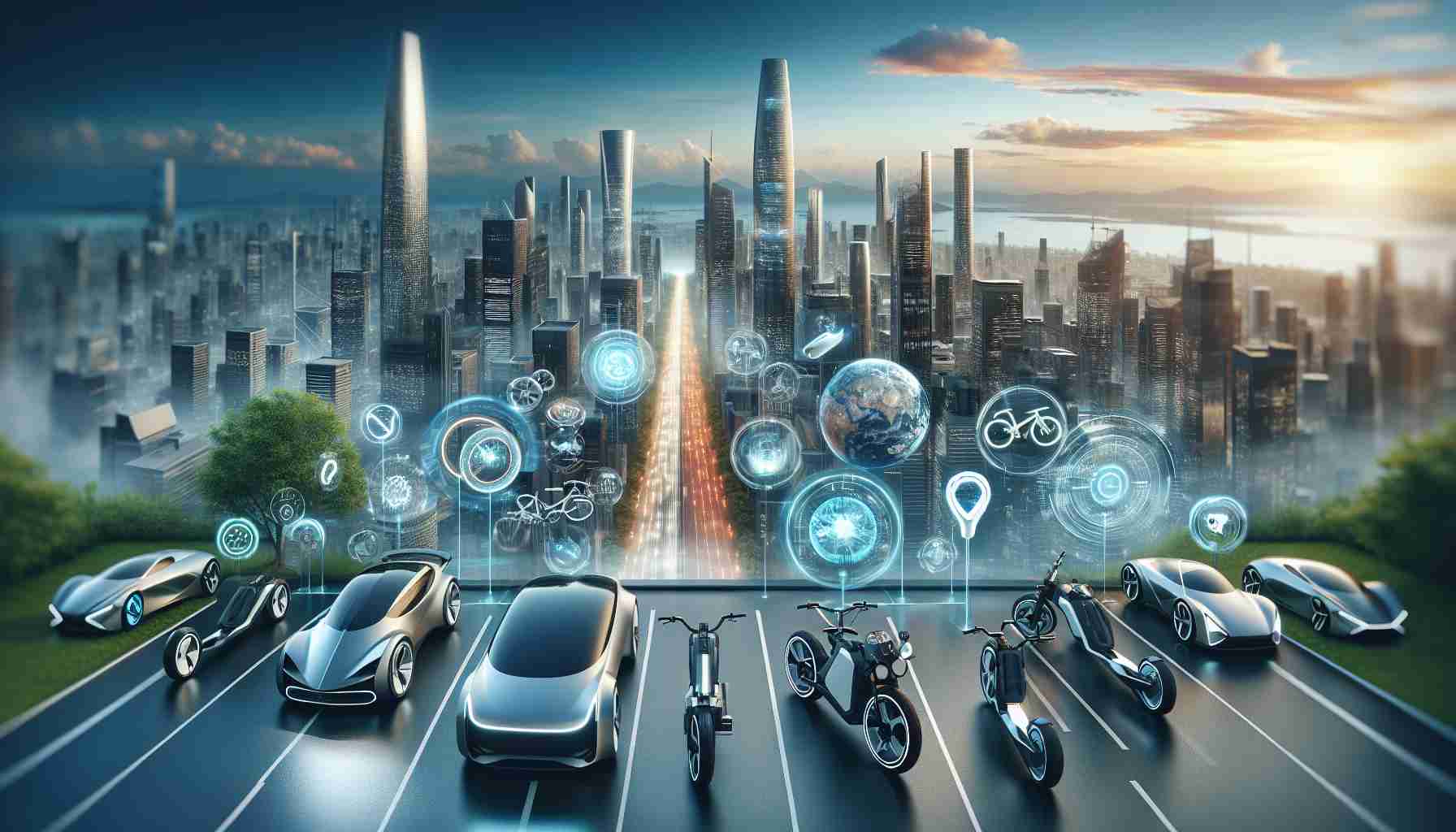Electric vehicles play a crucial role in the pursuit of a more sustainable future, and the market for electric cars is growing significantly. However, there is also enormous potential for development in the segment of two-wheeled vehicles, especially electric scooters.
Over the past five years, the market for electric two-wheeled vehicles has been growing dynamically, and customer preferences have shifted towards zero-emission vehicles. Despite the COVID-19 pandemic, which has had an impact on car production, the overall sales volume of electric two-wheeled vehicles has remained high.
Forecasts indicate that the market for electric two-wheeled vehicles has the potential to reach $951.9 billion by 2030, which represents a yearly growth rate of 13.7%. This indicates an increasing interest from customers in electric-powered vehicles.
The battery is a key component of electric two-wheeled vehicles, and its durability is incredibly important with the growing popularity of this type of mobility. Progress in battery technologies for electric vehicles largely results from continuous improvements in lithium-ion battery chemistry. These advancements make it possible to increase the lifespan, energy density, and efficiency of these batteries.
How can we optimize the lifespan of electric vehicle batteries?
Limiting full charging
Fully charging an electric vehicle battery can have a negative impact on its lifespan. It is recommended to avoid charging from 0% to 100%, and it is more optimal to maintain the charge level between these values.
Limiting fast charging
Fast charging, while convenient, can significantly strain the batteries of electric vehicles due to increased heat generation. Instead, it is advisable to use standard or moderate-speed chargers for daily needs and reserve fast charging for emergency situations, such as long journeys.
Charge state management during storage
Electric vehicles left unused for extended periods with full or completely discharged batteries may experience accelerated battery degradation. To mitigate this effect, the use of timers for charging the vehicle with a low secondary amount is recommended, maintaining the charge level between 25% and 75%.
Monitoring extreme temperatures
To ensure optimal battery performance for electric vehicles, it is recommended to park in shaded areas during hot weather, avoid extreme exposure to low temperatures, and prepare the battery for extreme journeys by preheating or cooling before driving.
Software updates
To maintain the software of electric vehicles in good condition, regular updates should be performed with optimizations released by the manufacturer that affect battery management and overall vehicle performance.
Proper parking
To extend the lifespan of electric vehicle batteries, it is important to ensure they are charged to around 50% and stored at moderate temperatures to avoid extreme cold or heat.
Monitoring overall battery health
Electric vehicles are often equipped with tools to monitor battery health, so it is important to regularly check these indicators and consult the manufacturer in case of significant changes.
It is worth noting that there are still some challenges
Battery technologies in electric vehicles face challenges such as limited range, high maintenance costs, battery-related concerns, and insufficient charging infrastructure, especially in Asian markets. High purchase costs and physicochemical limitations of lithium-ion batteries pose technical obstacles. However, lithium iron phosphate (LFP) batteries can be a potential solution to these problems, offering longer lifespan, improved safety, and faster charging compared to nickel manganese cobalt oxide (NMC) batteries. This will reduce maintenance costs and charging time, accelerating the adoption of electric vehicles.
In conclusion
The global adoption of electric vehicles is an important step towards a more sustainable future. Electric two-wheeled vehicles, such as electric scooters, offer zero-emission solutions, lower operating costs, and significantly better energy efficiency compared to traditional combustion vehicles. Despite certain obstacles, such as higher initial costs and challenges with charging infrastructure, technological advancements and the expansion of charging stations will help overcome range limitations and accessibility concerns, thereby accelerating the positive development of the two-wheeled electric vehicle market.
FAQ:
1. How is the market for electric two-wheeled vehicles growing?
The market for electric two-wheeled vehicles is growing dynamically, and customer preferences have shifted towards zero-emission vehicles. Despite the COVID-19 pandemic, the market has remained strong, and forecasts indicate further growth.
2. Why is the battery a key component of electric vehicles?
The battery is a key component of electric two-wheeled vehicles, and its durability is crucial with the increasing popularity of this type of mobility. Progress in lithium-ion battery technologies allows for increased lifespan, energy density, and efficiency.
3. How can the lifespan of electric vehicle batteries be optimized?
– Limiting full charging of the battery
– Limiting fast charging
– Charge state management during storage
– Monitoring extreme temperatures
– Software updates
– Proper parking
– Monitoring overall battery health
4. What challenges exist regarding battery technology in electric vehicles?
Limited range, high maintenance costs, battery-related concerns, and insufficient charging infrastructure are challenges for battery technology in electric vehicles. Technical obstacles include high purchase costs and physicochemical limitations of lithium-ion batteries.
5. Are there solutions to these problems?
Lithium iron phosphate (LFP) batteries can be a potential solution to the challenges associated with battery technology in electric vehicles. They offer longer lifespan, improved safety, and faster charging compared to nickel manganese cobalt oxide (NMC) batteries, accelerating the adoption of electric vehicles.
Related links:
– link name
The source of the article is from the blog klikeri.rs
